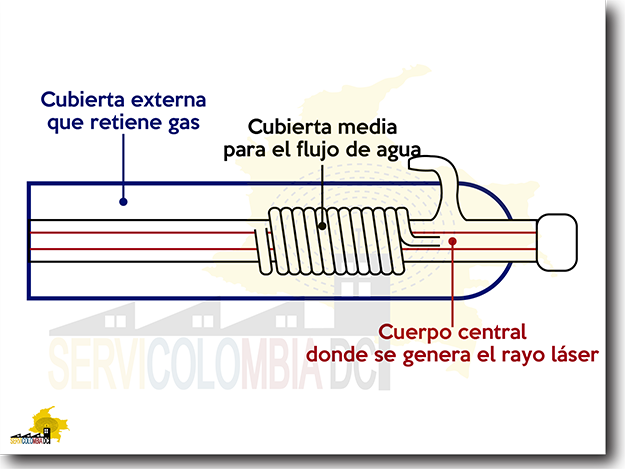GLASS TUBE CO2
A laser tube is a closed container, in which Co2 and a set of gases (Nitrogen, Hydrogen or Helium) are stored, the gas inside the tube is excited when it comes into contact with electricity produced by a radio frequency unit (source), This reaction generates a beam of light known as a laser beam, on the market, we can find generic and brand tubes that differ with components, value and quality.
The most recognized brands in the market are: RECI, EFR, TONGLI, which have their own voltage arc sources for the laser tubes, which will offer us a better performance.
RECI: It only works tubes of 10,000 hours and its cost is the highest of all, but it contains a very fine and clean beam.
EFR: In this brand we can find several references CL (3,000h), ZX (10,000h), ZN (10,000H)
- La The CL references in comparison, is the most stable in the beam quality, but as a disadvantage it has very few working hours.
- Reference F is stable, but has a wider ray without catalyst.
- The reference ZX offers a catalyst attached to the glass tube, which generates a better vacuum in the path space of the tube.
- The ZN reference is very similar to the ZX, only it includes high quality mirrors that allow a beam of up to 40% more than the other tubes in the industry.
TONGLI: We found several references: N, M, G and B these offers a variety of power and useful life of 9,000 hours or one year stored.
Laser tubes are made up of 3 layers in their physical structure:
-
External cover: This cover retains CO2 in a gaseous state.
- Middle cover: It is in charge of giving the water in and out to cool the laser tube.
- Central body: In this the laser beam is generated and transmitted.















